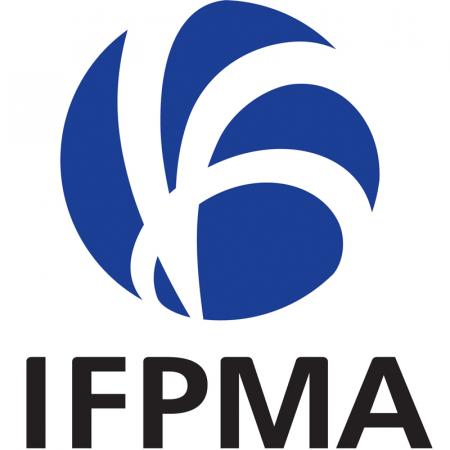Clinical perspective of multiple drug resistance tuberculosis: An overview
The development of effective anti-tuberculosis (TB) drugs requires a solid understanding of pharmacokinetics and pharmacodynamics, yet early drug development efforts were often inefficient, complicating TB treatment. Despite the availability of approved anti-TB medications, rising multidrug-resistant (MDR) and extensively drug-resistant (XDR) strains continue to undermine treatment success. Nanotechnology has emerged as a promising solution, offering unique physicochemical and optical properties that enable improved diagnosis and targeted drug delivery through nanoparticle (NP) encapsulation, which can lower dosing requirements and enhance efficacy. Over the past decade, nanotechnology has been increasingly applied in both TB diagnostics and therapy. The article also highlights recent advancements in anti-TB drug development and government initiatives aimed at reducing TB prevalence.
AMR NEWS
Your Biweekly Source for Global AMR Insights!
Stay informed with the essential newsletter that brings together all the latest One Health news on antimicrobial resistance. Delivered straight to your inbox every two weeks, AMR NEWS provides a curated selection of international insights, key publications, and the latest updates in the fight against AMR.
Don’t miss out on staying ahead in the global AMR movement—subscribe now!






